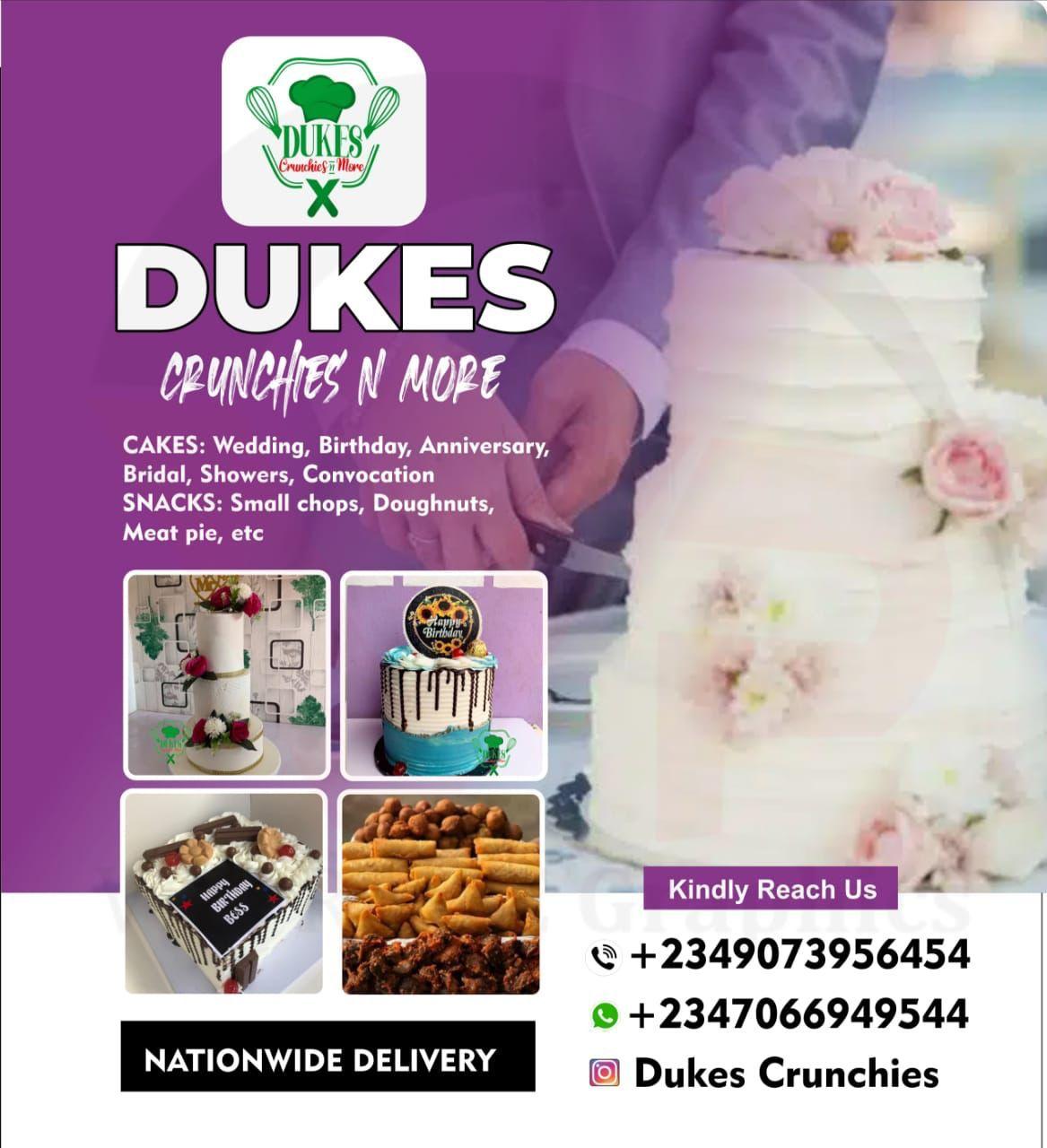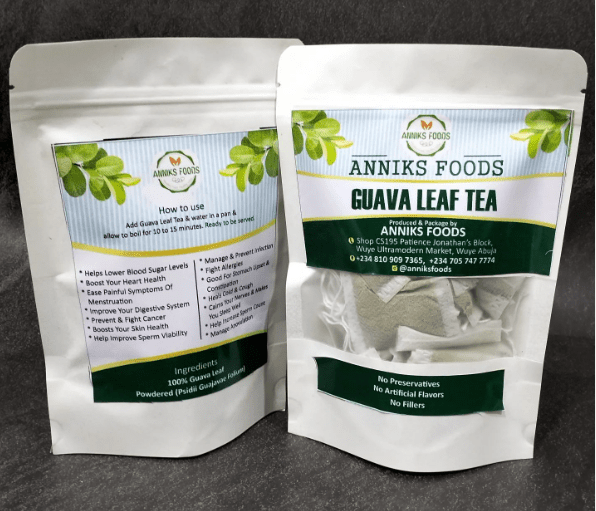Bathing declined after the Renaissance because people believed that diseases were water-borne. But by the 16th Century, private baths had started to appear in Britain, though for the next couple of centuries, many rituals that are now performed in the bathroom took place in the bedroom.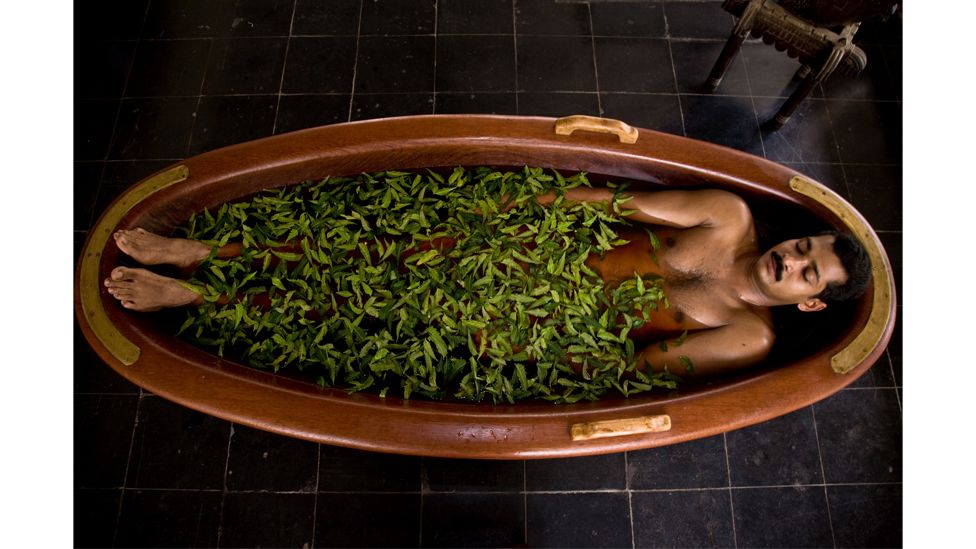
Bathing has long been associated with wellbeing (Credit: Getty Images)
In more recent times, our relationship with the bathroom has been influenced by two modern phenomena: widespread indoor plumbing and central heating. It wasn’t until the 1930s that new houses were built with indoor toilets and bathrooms as standard, says Zoe Hendon, head of museum collections at Middlesex University’s Museum of Domestic Design and Architecture. “At that time, bathrooms were seen as a luxury.” But for many decades after, these rooms remained cold and uninviting. Their raison d’être was to keep the household relatively clean, and people spent as little time in there as possible.
The bathroom has shifted from being a place of communal function to being symbolic of a private luxury and space for recuperation – Rachel Wilson
But for those of us who have grown up with hot water literally on tap, personal hygiene is only one reason to visit the bathroom. “The bathroom has shifted from being a place of communal function to being symbolic of a private luxury and space for recuperation,” says Rachel Wilson, of forecasting consultancy the Future Laboratory.
It’s not only the availability of heating and immediate hot water that has changed our relationship with the modern bathroom, lifestyle changes have also played their part. In recent decades, city living has increased and the beauty and wellness industries have boomed. Grooming has become a competitive sport, and treatments that originated in the beauty parlour or the hair salon are now conducted at home, thanks to the ever-growing range of gadgets, from epilators to beard trimmers.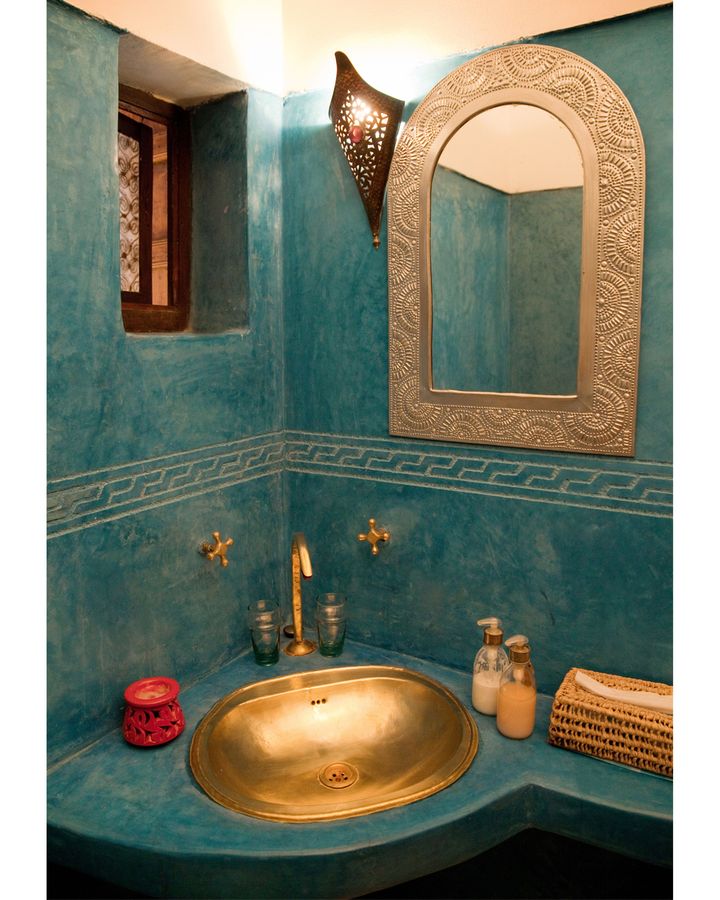
The colour blue has cool and calming associations (Credit: Alamy)
“The bathroom is increasingly seen as a place of sanctuary and solitude – somewhere to find peace away from the high-stimulation of urban living, and somewhere to attend to our wellbeing in a more holistic manner,” says Wilson.
A peaceful haven

And this notion of the bathroom as a sanctuary has really taken hold in the past year, as so many people have spent so much time at home. “It’s one space where you can lock yourself in and have some peace away from everyone else,” says Hendon.
At the same time, this long stretch at home has meant that the bathroom has had more scrutiny that ever before. “People have had to interact with their interior design decisions for the first time,” says Kate Watson-Smyth, trends expert and author of Mad About The House. “And we’re beginning to understand the important role our homes play in mental health and wellbeing.” That has interior design repercussions, she says: “We’re starting to understand what we need from our homes, in term of colour, pattern, design and shapes”.
Karen Haller, colour and design psychology expert and author of The Little Book of Colour, notes that many people have been going “full-out for colour, because they weren’t getting outside stimulation, as if colour was giving them the emotional stimulation they needed”.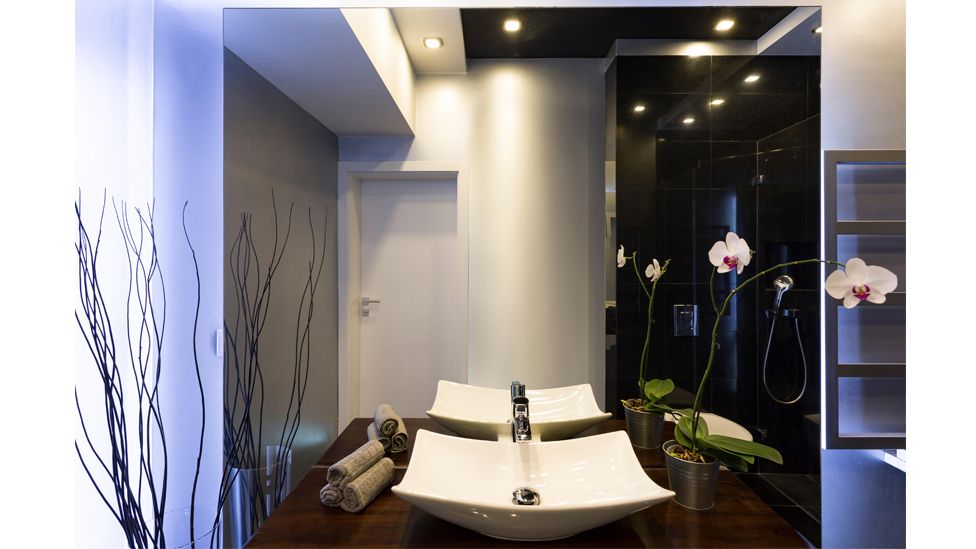
The clever use of lighting can subtly enhance the mood in a bathroom (Credit: Alamy)
Nobody is predicting the mass return of the coloured bathroom suite (avocado, turquoise, peach, coral) any time soon. Instead, it’s about introducing colour in paint, tiles and accessories to contrast with those white units. The modern bathroom has had a dual role: to energise us for the outside world in the morning, and to relax us before bed. Yellow, orange and red are stimulating colours, but “they can be too much in the morning” and should only be used sparingly, says Miller.
Stone, ceramics and vintage wood give character, and plants love steamy tropical bathrooms
But in recent months, with fewer people going out to work, the bathroom has been embraced more as a spa, “because people have more time, and want to pamper themselves more and relax”. Those activities lend themselves to soothing, gentle colours. Miller cites nudes and dusky pinks, and soft blues which bring to mind oceans and sky. Meanwhile very soft greens work with house plants, and “connect us to nature”. Stone colours and the light end of brown “are very grounding”, she adds.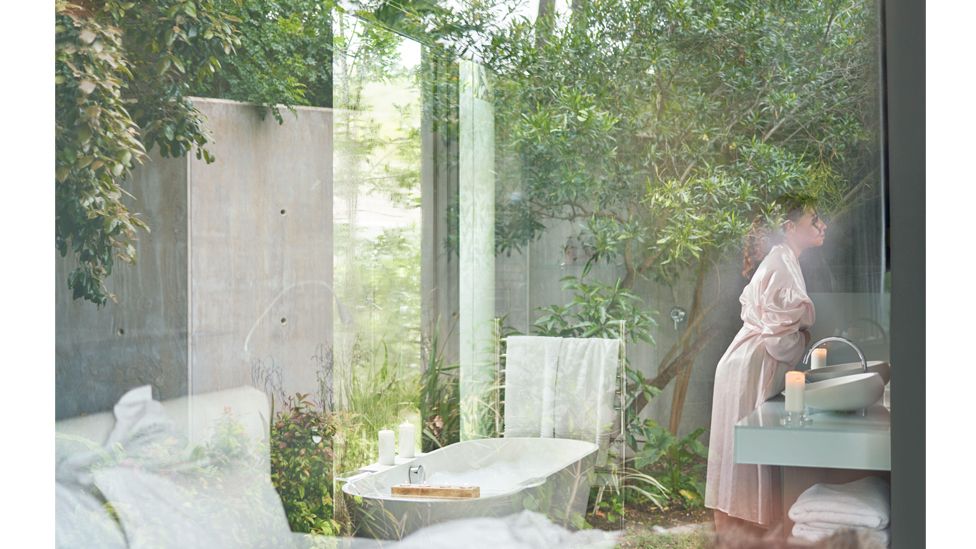
Bathrooms that feel close to nature have a relaxed, soothing ambience (Credit: Alamy)
While bathrooms are still full of shiny white, glass and mirrored surfaces, these are now being softened with a mix of textured materials. Meanwhile, stone, ceramics and vintage wood give character, and plants love steamy tropical bathrooms (or faux plants for the windowless).
These materials are a far cry from the clinical, glossy surfaces of a corporate hotel, says Wilson. Rather, they borrow from the boutique-hotel aesthetic. Watson-Smyth points to the fashion for “unkitchen-y” kitchens with open shelves and sofas. “That notion has moved into bathrooms,” and, she says, people are asking themselves: “How would I decorate if it was a living room?”. So instead of a fitted vanity unit, there’s a pretty curtain to hide your medical and cosmetic paraphernalia. Along with foliage, rattan wall lights, a free-standing bath, soft textiles like bathmats that mimic Persian rugs and curtains, and wallpaper – as long as it’s properly applied – all add to the non-clinical, sanctuary feel.
This atmosphere can be a challenge to pull off in the UK’s tiny bathrooms (some of the smallest in Europe, according to the Royal Institute of British Architects). Lighting plays a key role, particularly in windowless bathrooms. Those grids of unflattering spotlights are losing out to something more targeted and subtle. A single spotlight over the bath can give “a shining ripple effect”, says Watson-Smyth, with just one or two others to highlight colour or detail in marble, tiles or stone. Wall lights create atmosphere, while a dimmer contributes to mood changes.
As wellbeing continues to be front of mind, Wilson predicts the dawn of the “smart” bathroom within the decade. This would be “fully integrated with our optimised and digitised lifestyles”, she says, with built-in sensors measuring our biometrics, and syncing to our devices and health tracking gadgets.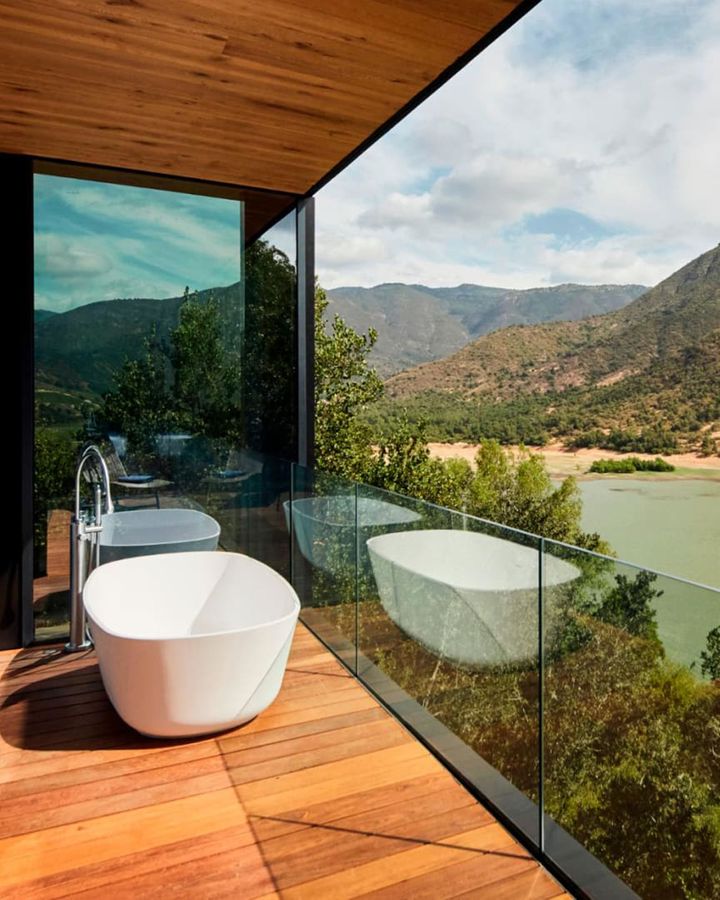
Outdoor bathing in a beautiful setting – shown here at the Puro Vik hotel, Chile – can be therapeutic (Credit: Puro Vik)
Alternatively, or perhaps in tandem, she envisages the future bathroom as the venue for switching off and decelerating. “In this case, those natural finishes we are seeing currently will become an important reflection of needing to unwind and disconnect; the bathroom will be a space to be liberated from connectivity and tend to one’s physical and mental wellbeing.” In which case, we could see the growth of a phenomenon that only works in remote spots: houses in beautiful landscapes whose bathrooms are open to the elements or whose vast windows give a direct link to nature.
Either way, there’s the suggestion that the increased amount of time people have spent at home is reducing their reliance on interiors fads. “I love [the fact] that people are following trends less and are doing what’s right for them,” says Watson-Smyth. “If we’re going to spend so much time at home, it’s got to be right for us.”





